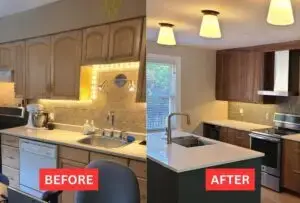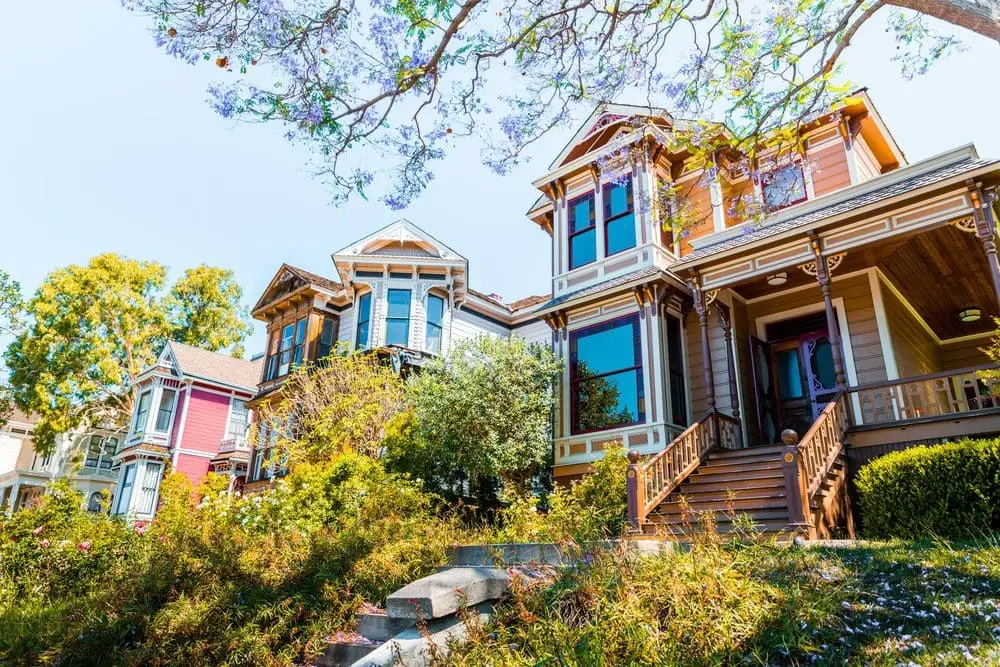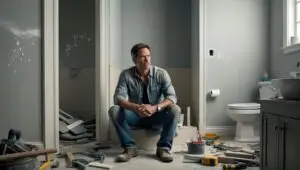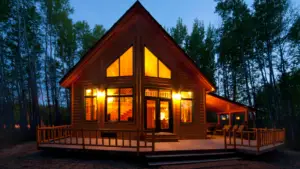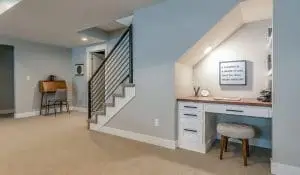When it comes to
historic homes, there really is no comparison to the charm and
character many of them exude. Whether it’s an elegant Victorian in The Glebe, a turn-of-the-century row house in the ByWard Market or a timeless country home in Manotick, it’s no surprise how many home buyers are drawn to those alluring designs. But with age also comes the weathered infrastructure and repairs that they require. If you’re in the market for a historic home or have recently purchased one, here’s what you need to know about renovating a historic home
Time and Money
If that newly purchased home requires a significant amount of repairs, especially to the exterior, finding matching designs and materials can be a hefty challenge and expense. Those crumbling carvings on that stone exterior may be a selling feature to you, but you could be left with having to tear it down anyway, while spending more time and money than you anticipated.
Replacing the Windows
Windows are never a small expenditure. And of course, unless you know they’ve been recently updated and replaced, chances are they could be as – or nearly as old – as the house itself.
With dated windows, you can bet those cold drafts and heating bills won’t be subtle. So that means upgrading each and every unusually shaped window frame to the more modern, expensive, and energy efficient ones.
Unexpected Repairs
Charm and character aside, let’s face it – when it comes to
older homes, they can be very unpredictable when it comes to sudden repairs and issues that will require more attention and money. Expect to face the unexpected as things may not always go as you planned. Older homes have a way or gradually causing the kind of surprises no one enjoys waking up to, especially issues with plumbing, electrical, the foundation, or the roof.
Limitations on Redesigning
If you’re keen on the size and location of your historic home, but have plans to redesign the exterior, you could end up facing a lot of red tape and delays. Many historic buildings and home are protected under by-laws for preservation purposes. So always ensure you know what type of limitations and restrictions you’re facing before jumping into that purchase or demolition.
As part of its
heritage conservation efforts, the City of Ottawa has targeted some 3,500 properties for preservation. In order to make changes to an historic home, you must apply for a permit under the Ontario Heritage Act, write a Cultural Heritage Impact statement, submit detailed plans, and apply for other approvals and permits. This goes for whole home demolition, but it also applies to the “
construction of additions, window replacement, partial demolition, and porch replacement or restoration.”
Newly built, modern homes are certainly not everyone’s dream home design. For many homeowners, having an old building with historic roots outweighs the benefits of modern convenience any day. But don’t let all of the old-world charm blind you from the reality of owning an old home and the challenges you may face. Always make sure that you know the details of the infrastructure what exactly you’re buying into.
At RenosGroup.ca, we can help guide you through the process of renovating a historic home and deal with all the red tape. Schedule an
in-home consultation today! Or give us a call at
(613)727-9427 